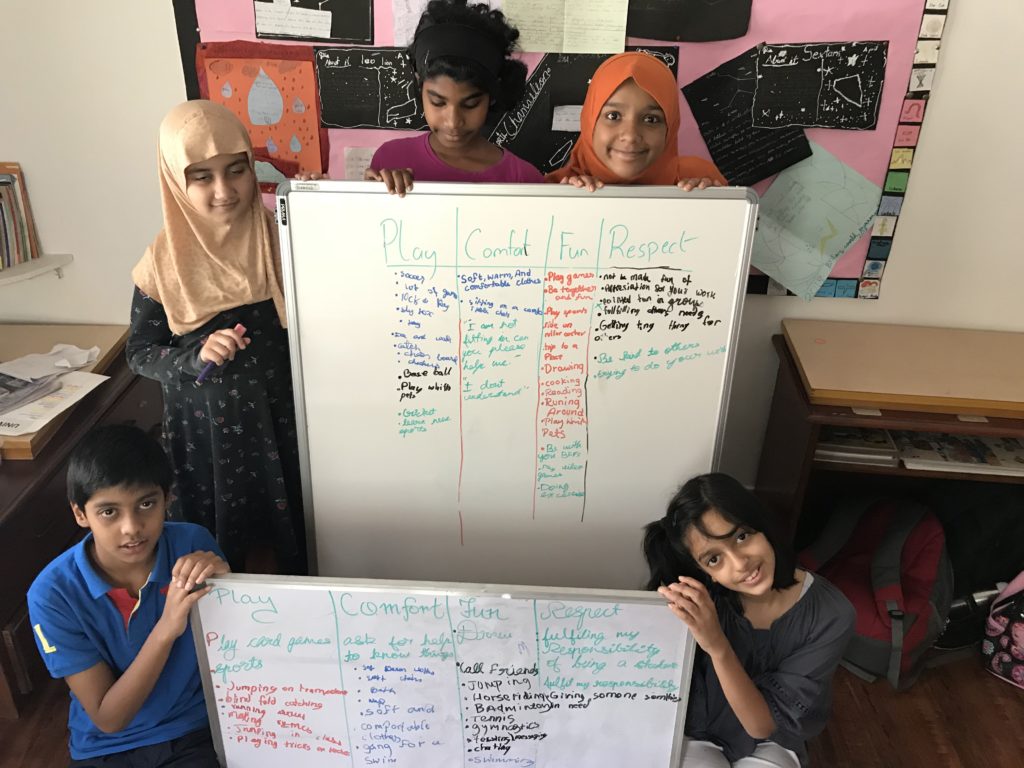
Angelic Faces, Compassionate Communication
What a privilege I have of introducing the little ones at ILM to different frameworks of thinking and being.
One of these paradigms has been that of Non-Violent Communication by Marshall Rosenberg.
Most people do a double-take when they see the word “violent” associated with communication.
Violent communication is a way of speaking that:
- Undermines the other person in the conversation
- Lacks empathy and compassion
- Denies recognition of needs (theirs as well as others)
- Limits or curtails the freedom of choice of others
So, why would children need to learn the art of non-violent communication, so early in their speaking lives?
See if these proclamations sound familiar:
“That’s mine! Give it to me, now!”
“I’m older to you, you should listen to me.”
“That’s so unfair!”
“She always gets her way. I never get to do what I want”
Yes, children vent and express themselves roughly.
You may say that it’s okay. After all, they are children. They don’t know any better, yet. They’ll grow out of it.
Well, I don’t think they’ll grow out of it. The reason is because that we haven’t grown out of it. They speak and think in this selfish way is because…we as adults do. Or I certainly do.
I don’t hesitate to…
– Label others (You’re being mean, you’re being uncooperative.)
– Complain (You don’t listen to me. You should listen to me. The whole world should listen to me.)
– Blame (I’m right, you’re wrong)
– Demand (I want this now, now now!)
If you’ve not heard me speak the above sentiments aloud, that’s because that’s how I speak to myself. And it doesn’t take long for that energy and consciousness to be transmitted to the impressionable minds of children.
Non-Violent Communication: Conflict Management with Heart & Caring
Non-Violent Communication (NVC) is an exceptional framework that helps one navigate oneself through conflicts towards meeting everybody’s needs.
The framework provides four tools. And they are:
Observation:
What is it that you see and hear? What is it that you physically, visibly see and hear that is troubling you.
Feelings:
What emotions are you going through now, that have been stimulated by the above observation?
Needs:
What do you need? What needs of yours are unmet now that are giving rise to your feelings?
Request:
What behaviour do you request of someone else that would help meet your unmet needs?
Without such a simple framework, without a map, it takes superhuman effort to stay present, conscious, concerned and empathetic.
More than likely one blames, dishes out judgements and slaps on labels in a bid to be heard and to be recognized.
One of my dreams for ILM Montessori is to bring about a real shift in consciousness.
A shift where individuals are constantly working towards connecting to their well-being as well as each other’s well being, through communication that is empowering to both parties and always based in compassion.
The most robust step towards this consciousness shift is to hand the next generation the tools to embed non-violent communication in their everyday conversations.
We can’t point a scale to the blackboard, tell children, “Now kids, be empathetic”, and then expect them to care.
It’s by living it ourselves that we can hope to make a difference.
Hence:
– We as staff and trustees underwent the Training.
– We continue to cement our learning from the initial training with several follow-on sessions.
– After which, we conducted these classes for our children too.
I used the syllabus from the brilliant instructional book No-Fault Classroom to conduct these lessons.
Below are some pictures of the children during our class.
We ended the year by shooting a small skit on how we can use these tools. Have a look and please do share your thoughts and comments on NVC or our initiative.
If any school would like to conduct these classes for their children I’d be happy to have a conversation and share my learnings and experiences.
We’d love to hear back from you.
Watch our skit demonstrating the Practice of Non-Violent Communication:
Read Part 1 of our NVC journey by clicking here.

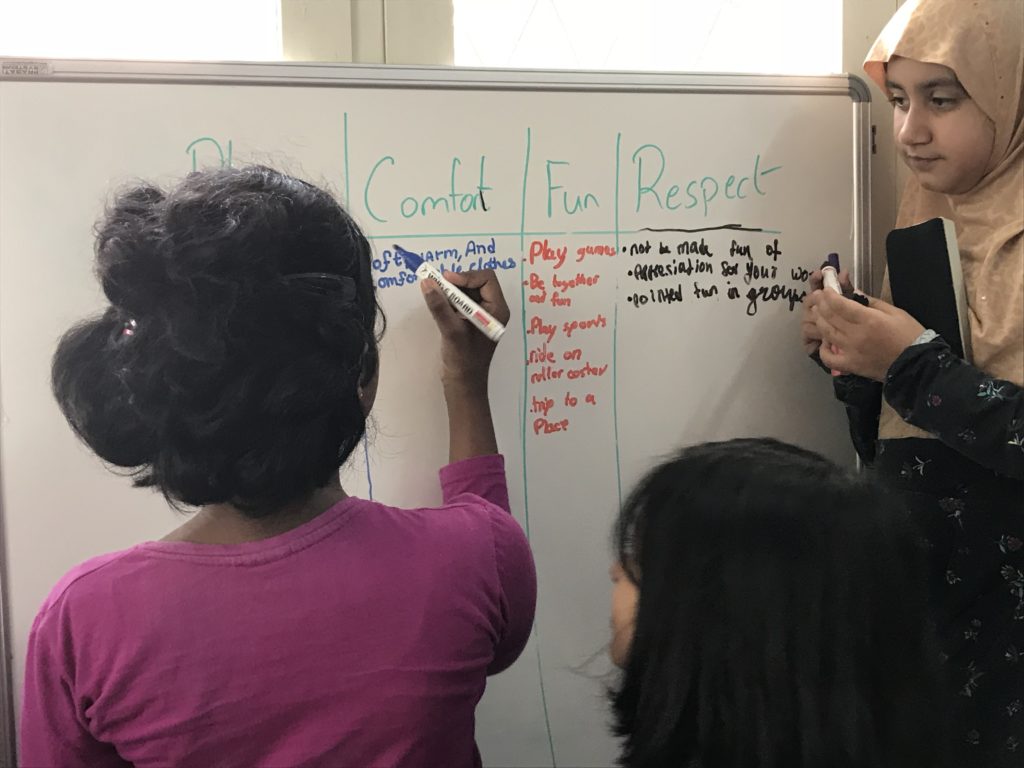
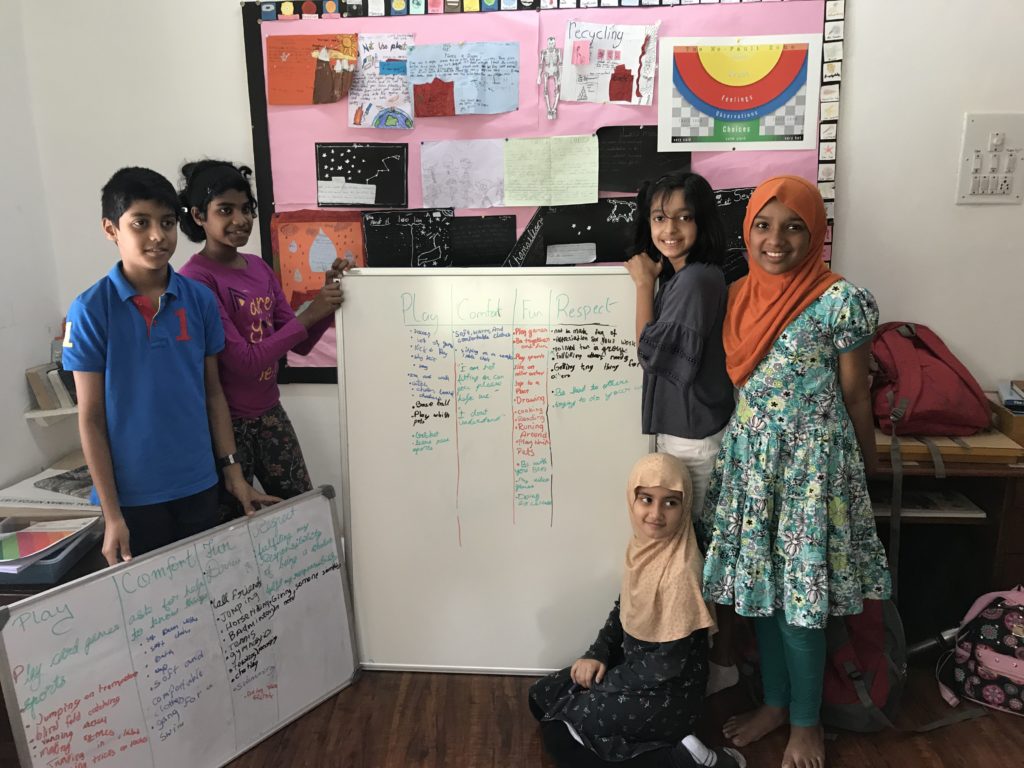
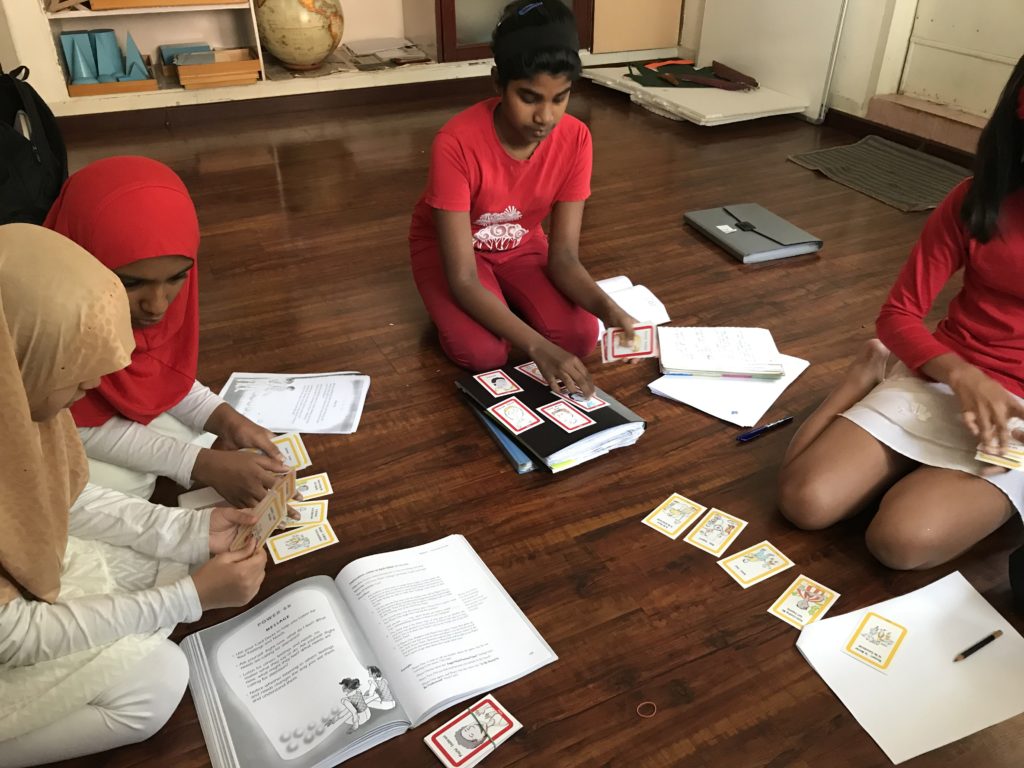
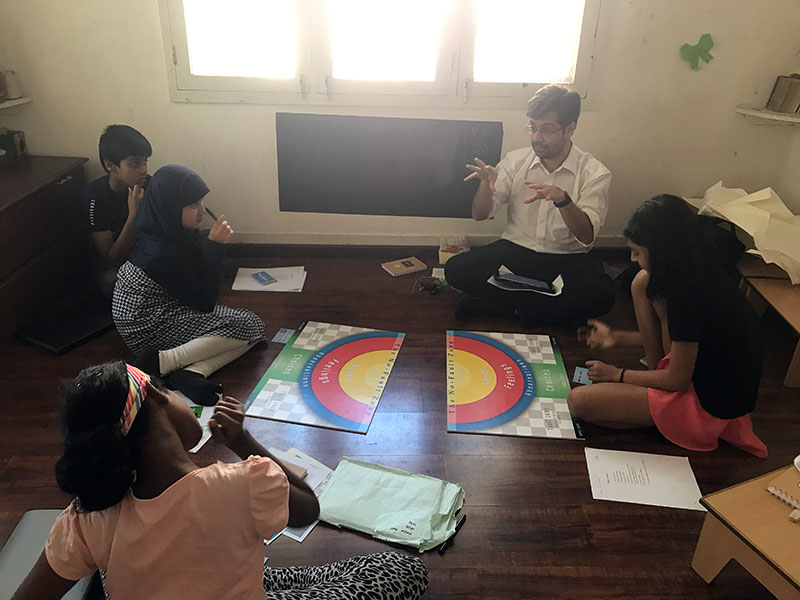
This is yet another great initiative by ILM
After going through this blog,every parent will be alarmed of “oh yes my child’s empathy,pleasant communication with others is much more important than the curriculum knowledge”
This is reassuring the fact that ILM is truly a value based school
Thank you ILM team!!!
You’re so welcome Anupuma! Thank you so much for your kind words.
Dear Arif and students, I’m thrilled to hear you are enjoying The No-Fault Classroom and see you playing with the No-Fault Zone Game. I imagine you are learning a lot of new skills and hope you are enjoying it! With best wishes, Sura (co-creator of Michi & Nao)
Aw thanks so much Sura!
It’s an honour to have the author herself comment on our humble blog. We look forward to hosting you at our school someday.
Witnessing this contributes to hope and inspiration! Right now I feel alive and warm 🙂
Savoring vitality and gratitude. I helped make this happen by paying attention to the bright spots in front of me.
– Chris Casillas, USA
Thanks so much Chris!
We’re savouring gratefulness that our little effort is connecting like souls across continents. : )